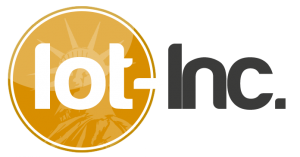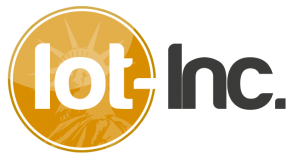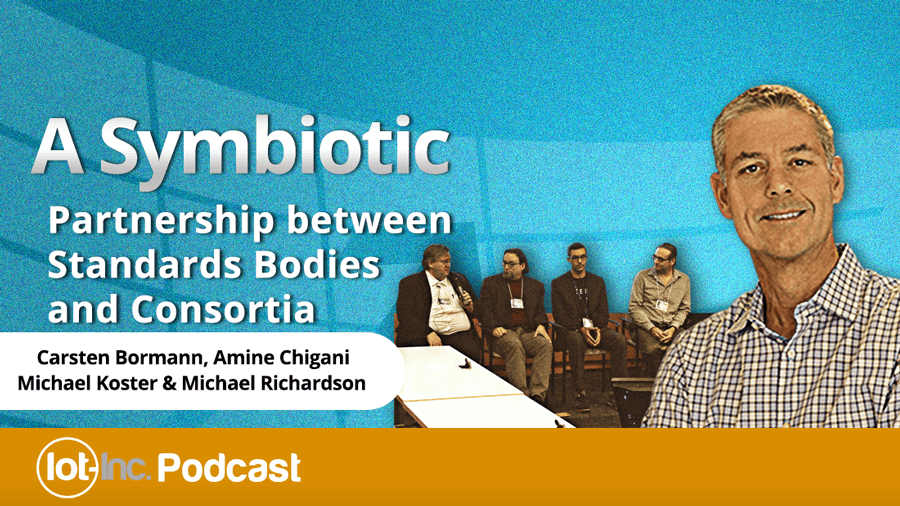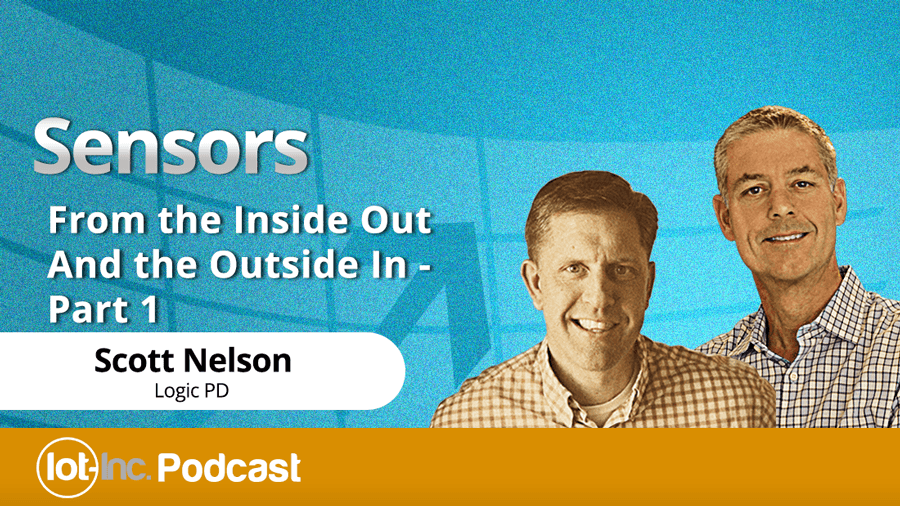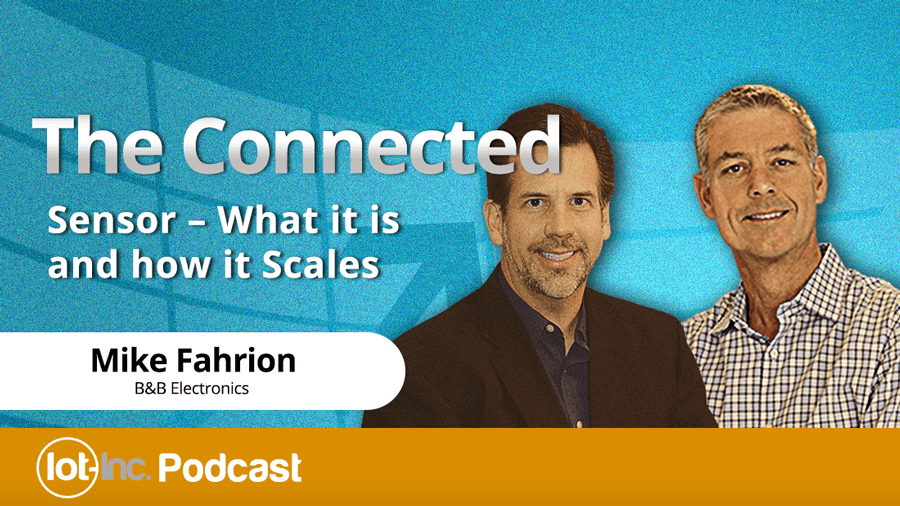24 Mar The IIC – Because the Industrial Internet is Bigger than Any One Company
Posted at 05:35h
in 1. IOT COMPONENTS, 2. SERVICE PROVIDERS, 3. BUSINESS, COMMERCIAL IOT, INDUSTRIAL IOT, INFRASTRUCTURE IOT, Other, Season 1 Podcasts

Episode 12
No one company is big enough to provide an end-to-end industrial Internet of Things solution. Realizing this, ATT, Cisco, GE, IBM and Intel came together to found the Industrial Internet Consortium (IIC). The end game however is not technology, but business – to understand what is needed to put together solutions that not only work well, but sell well.Listen to this podcast (or read the transcript) with Lynne Canavan, Stephen Mellor and Brian Dalgetty as we discuss the IIC ...
